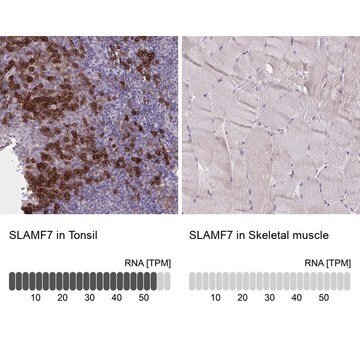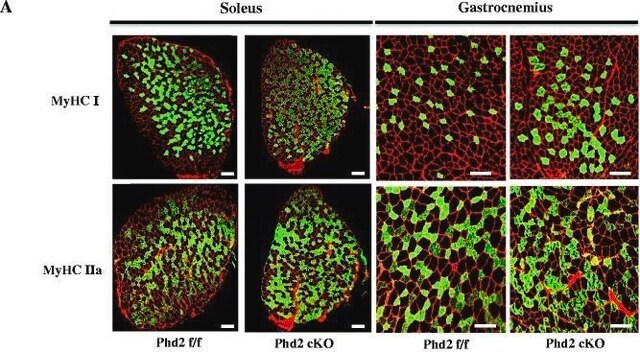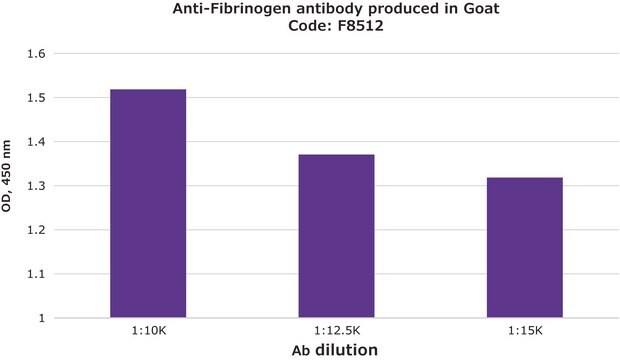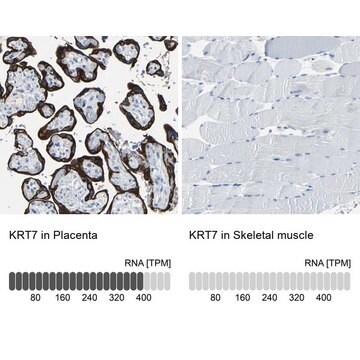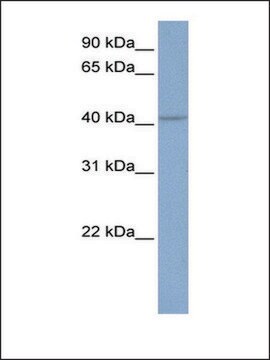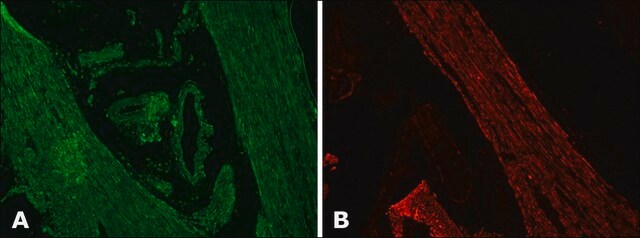MABF2093
Anti-SLAMF7 (CD319) Antibody, clone 162
clone 162, from mouse
Sinônimo(s):
SLAM family member 7, CD2 subset 1, CD2-like receptor-activating cytotoxic cells, CRACC, Membrane protein FOAP-12, Novel Ly9, Protein 19A, CD319
About This Item
Produtos recomendados
fonte biológica
mouse
forma do anticorpo
purified immunoglobulin
tipo de produto de anticorpo
primary antibodies
clone
162, monoclonal
reatividade de espécies
human
embalagem
antibody small pack of 25 μg
técnica(s)
flow cytometry: suitable
immunohistochemistry: suitable (paraffin)
immunoprecipitation (IP): suitable
inhibition assay: suitable
Isotipo
IgG2bκ
nº de adesão NCBI
nº de adesão UniProt
modificação pós-traducional do alvo
unmodified
Informações sobre genes
human ... SLAMF7(57823)
Descrição geral
Especificidade
Imunogênio
Aplicação
Flow Cytometry Analysis: A representative lot detected SLAMF7 (CD319) in Flow Cytometry applications (Bouchon, A., et. al. (2001). J Immunol. 167(10):5517-21).
Affects Function Analysis: A representative lot stimulated SLAMF7, which resulted in an increase SHIP-1 tyrosine phosphorylation in OPM2 and MM1S cells expressing EGFR-CD45. (Guo, H., et. al. (2015). Mol Cell Biol. 35(1):41-51).
Inhibition Analysis: A representative lot blocked the augmented capacity of human blood-derived macrophages to engulf Raji cells in response to anti-CD47 antibodies. (Chen, J., et. al. (2017). Nature. 544(7651):493-497).
Immunoprecipitation Analysis: A representative lot immunoprecipitated SLAMF7 (CD319) in Immunopreciptation applications (Bouchon, A., et. al. (2001). J Immunol. 167(10):5517-21; Tassi, I., et. al. (2005). J Immunol. 175(12):7996-8002).
Inflammation & Immunology
Qualidade
Immunohistochemistry (Paraffin) Analysis: A 1:50 dilution of this antibody detected SLAMF7 (CD319) in human tonsil tissue sections.
Descrição-alvo
forma física
Armazenamento e estabilidade
Outras notas
Exoneração de responsabilidade
Não está encontrando o produto certo?
Experimente o nosso Ferramenta de seleção de produtos.
Certificados de análise (COA)
Busque Certificados de análise (COA) digitando o Número do Lote do produto. Os números de lote e remessa podem ser encontrados no rótulo de um produto após a palavra “Lot” ou “Batch”.
Já possui este produto?
Encontre a documentação dos produtos que você adquiriu recentemente na biblioteca de documentos.
Nossa equipe de cientistas tem experiência em todas as áreas de pesquisa, incluindo Life Sciences, ciência de materiais, síntese química, cromatografia, química analítica e muitas outras.
Entre em contato com a assistência técnica